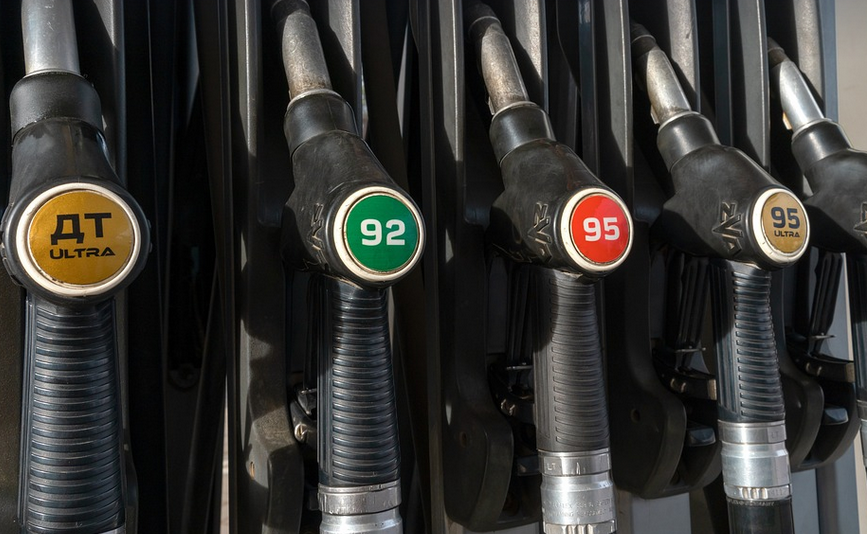Understanding the Basics of Life’s Delivery Service
Cellular transport is like a bustling city, with molecules constantly moving and exchanging goods. This vital process ensures cells get what they need to survive and thrive. From nutrients to waste products, cellular transport systems are the unsung heroes of every cell. And just like any delivery service, there’s a whole team working to make sure everything runs smoothly.
So, you’ve dedicated hours to studying cellular transport, and now you need that answer key to unlock your knowledge! We’re here to help you navigate through those complex processes and ace your next exam. This “study guide answer key” is your go-to resource for understanding the essential concepts of cellular transport.
Just like a well-structured city needs its transportation systems, cells rely on specialized routes to carry molecules in and out. Let’s start with the main players:
The Three Main Players in Cellular Transport
First, let’s meet the trio of transport processes – passive, active, and facilitated – that drive cellular life.
**Passive Transport:** Think of it as going down a hill. It’s all about molecules moving from high concentration to low concentration without any energy expenditure! This process includes:
- Diffusion: Molecules float freely, spreading out until equilibrium is reached.
- Osmosis: Water travels across a semi-permeable membrane from high water concentration to low water concentration (think of it as the “water taxi” movement).
**Active Transport:** This requires “pushing” molecules against their natural gradient. It’s like climbing a mountain – you need energy, and we’ll explore this later! This process includes:
- Sodium-Potassium Pump: A vital example of active transport, this pump uses ATP (energy currency) to actively move sodium ions out and potassium ions into the cell.
- Endocytosis & Exocytosis: Cells can engulf large particles or release them outside. Endocytosis is like a cellular vacuum cleaner, while exocytosis is like sending a package.
**Facilitated Transport:** Think of it as an elevator in the cell! It’s when proteins within the cell membrane help molecules move across. This process includes:
- Channel Proteins: These proteins create a hydrophilic pathway for specific ions or small molecules to pass through the cell membrane.
- Carrier Proteins: These are like specialized “shuttles” that bind with specific molecules and change shape to transport them across the membrane.
Understanding the Key Concepts of Cellular Transport
To truly master the art of cellular transport, let’s delve deeper into some key concepts that will be key points in your understanding:
- **Membrane Permeability:** Not all molecules can just waltz through the cell membrane. Some are more allowed than others! The membrane is selectively permeable.
- **Concentration Gradients:** Molecules move from high to low concentration – think of it like a game of “spot the difference” where the molecule “travels” from an area with many molecules to one with less.
Remember, just like our body’s transportation systems have different routes and modes, cellular transport has its own special pathways and mechanisms. These are just some of the basics – you can dive deeper into each process and get a complete understanding of these marvels!
Study Guide Answer Key – Ready for Your Next Test
Now that we’ve explored the core concepts of cellular transport, let’s move on to the action!
- **Diffusion:** Describe the movement of molecules from high to low concentration. What is the driving force behind diffusion and what are its limitations? Include an example.
You can find more information by diving into these resources:
Remember, cellular transport is a complex and fascinating process that’s essential for life! By understanding these concepts and utilizing this study guide answer key, you’ll be well on your way to mastering the art of cell transportation.
